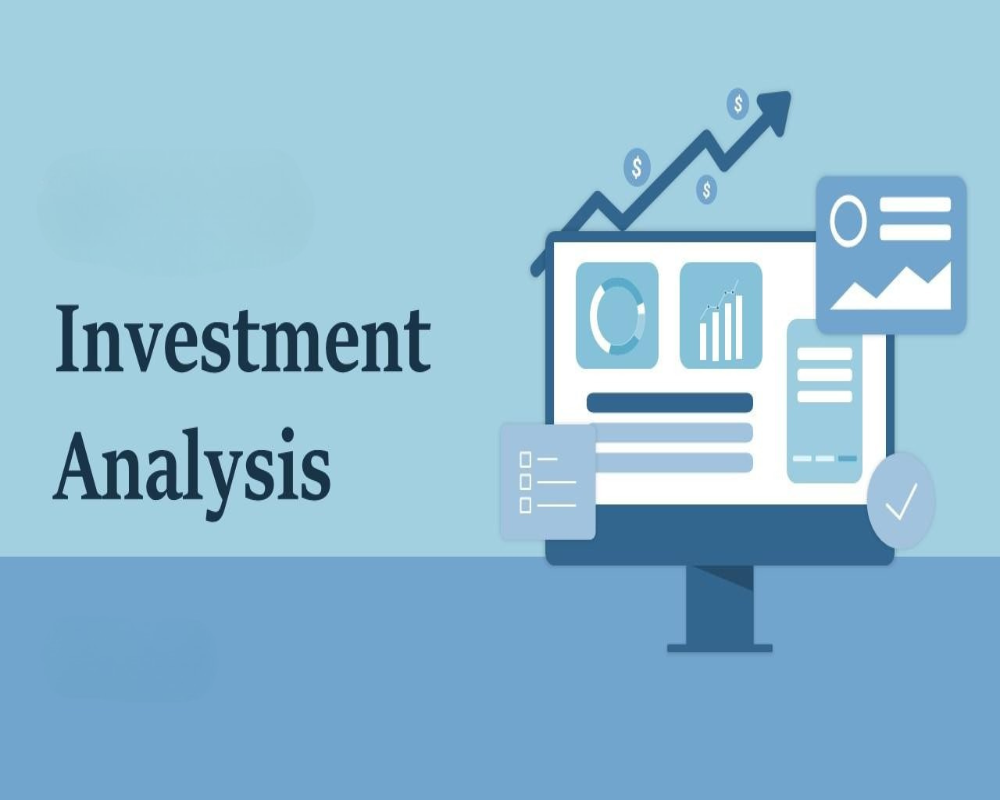Introduction
The investment analysis process in commercial real estate is a systematic approach to evaluating the financial viability, risks, and potential returns of a property investment. It involves gathering data, applying financial models, forecasting income and expenses, assessing market conditions, and measuring risks to determine whether an asset aligns with an investor’s strategic and financial objectives. Commercial real estate investments are often capital-intensive and long-term, making a disciplined, detailed analysis crucial for minimizing risks, maximizing returns, and making informed, confident decisions. Whether for acquisition, development, or portfolio expansion, the investment analysis process serves as the foundation for intelligent real estate investing.
Purpose and Strategic Importance of Investment Analysis
The primary purpose of investment analysis in commercial real estate is to quantify the property’s value and forecast its future performance based on objective criteria rather than assumptions or emotional decisions. Investors seek to answer key questions: What income can the property generate? What are the costs of ownership and operation? What are the risks and how can they be mitigated? How does the investment compare to other opportunities or benchmarks?
Strategically, a thorough investment analysis helps investors allocate capital wisely, secure financing on favorable terms, negotiate from a position of strength, and plan long-term asset management strategies. It also enables portfolio balancing by ensuring diversification across asset types, geographies, and risk profiles.
Key Steps in the Investment Analysis Process
The process begins with property identification and preliminary screening. Investors look for properties that meet initial investment criteria such as location, asset class, price range, tenant profile, or development potential. Basic filters might include proximity to major infrastructure, tenant creditworthiness, or zoning compliance.
Once a property is shortlisted, detailed financial due diligence is conducted. This involves collecting historical operating statements, rent rolls, lease agreements, tax records, service contracts, and maintenance histories. The goal is to understand current revenue streams, occupancy rates, lease expirations, and cost structures.
Using this data, investors prepare pro forma financial statements, projecting future income and expenses over a defined holding period (often 5 to 10 years). These projections consider factors such as rental growth rates, inflation, tenant turnover, lease renewals, and anticipated increases in operating costs like taxes, insurance, and utilities.
Key financial metrics are then calculated, including:
- Net Operating Income (NOI), which measures the property’s profitability before financing and taxes.
- Capitalization Rate (Cap Rate), which relates NOI to purchase price to assess relative value.
- Cash-on-Cash Return, which evaluates return based on invested equity.
- Internal Rate of Return (IRR), which measures the overall profitability of the investment over time.
- Debt Service Coverage Ratio (DSCR), which ensures that property income sufficiently covers loan payments.
Parallel to financial modeling, market analysis is essential. This includes studying supply and demand trends, vacancy rates, comparable sales and lease rates, demographic shifts, employment growth, and future developments that could impact the property’s competitiveness.
Risk assessment forms another critical part of the process. Investors must consider risks such as tenant concentration (overreliance on one tenant), lease rollover timing, property-specific risks like deferred maintenance, environmental issues, legal entanglements, and broader market risks such as economic downturns or interest rate increases.
If financing is involved, a capital structure analysis examines different leverage scenarios. Higher leverage may increase returns but also magnifies risk, so finding the right balance between debt and equity financing is crucial.
Sensitivity analysis is often performed to stress-test the investment under different scenarios—such as lower rental rates, higher vacancy, or rising interest rates—to understand how sensitive the property’s returns are to adverse conditions.
Finally, investors consolidate findings into an investment recommendation. This document summarizes the opportunity, key risks, projected returns, market positioning, and alignment with the investor’s broader goals. Based on this comprehensive evaluation, a go/no-go decision is made.
Challenges and Limitations
Despite thorough analysis, real estate investments always carry uncertainties. Forecasting future rents, expenses, and market trends involves assumptions that may not hold true. Over-optimism about income growth or underestimation of maintenance costs can lead to underperformance.
Therefore, maintaining conservative assumptions, building contingency buffers, and adopting a disciplined, unemotional decision-making framework are critical for mitigating common pitfalls in investment analysis.
Moreover, external shocks—such as regulatory changes, pandemics, or macroeconomic shifts—can radically alter the investment environment after acquisition, reinforcing the need for ongoing asset management and periodic re-evaluation of portfolio performance.
Conclusion
The investment analysis process in commercial real estate is a rigorous, multi-faceted discipline designed to ensure that investment decisions are informed, strategic, and grounded in reality. From financial modeling and market research to risk assessment and scenario testing, each step contributes to building a full picture of an asset’s potential performance. In an industry where substantial capital is at stake and market dynamics can change rapidly, a meticulous investment analysis approach not only safeguards resources but also positions investors to capitalize on opportunities, weather market cycles, and achieve sustainable, long-term success. In today’s sophisticated investment landscape, excellence in analysis is a core differentiator between thriving and struggling real estate investors.
Hashtags
#InvestmentAnalysis #CommercialRealEstate #CREInvesting #RealEstateInvestment #PropertyAnalysis #MarketResearch #InvestmentStrategy #RealEstateFinance #CashFlowAnalysis #DueDiligence #RealEstateValuation #InvestmentOpportunities #PortfolioManagement #RiskAssessment #RealEstateTrends #FinancialModeling #AssetManagement #CommercialProperties #RealEstateDevelopment #WealthBuilding


